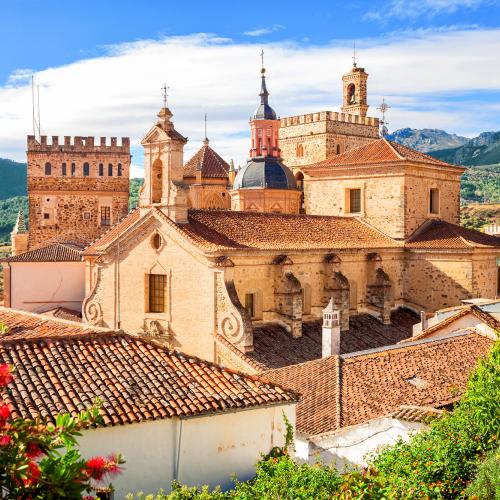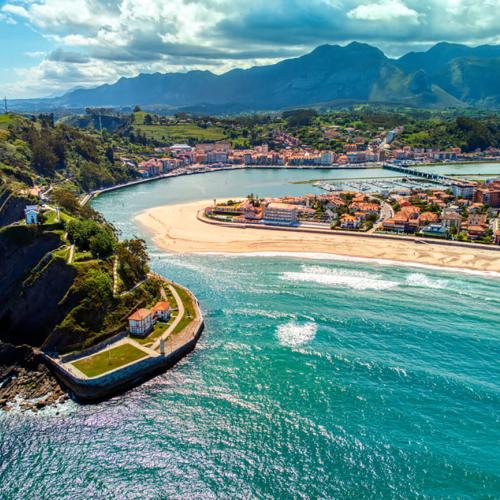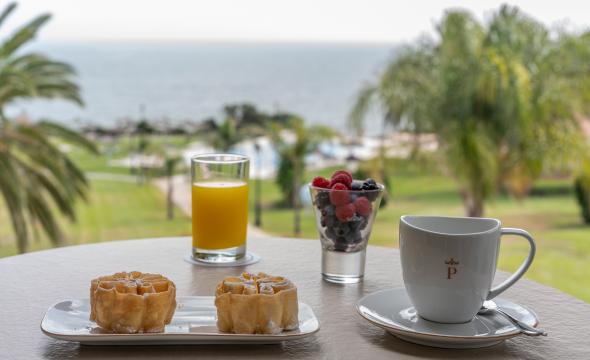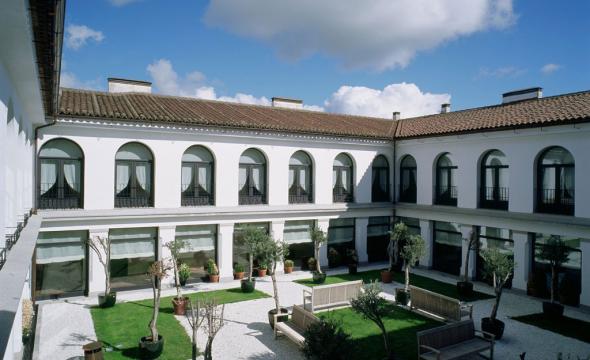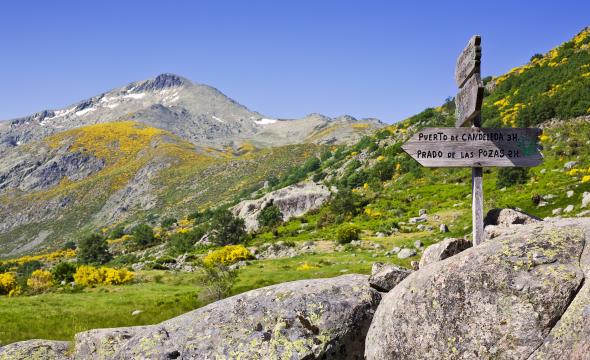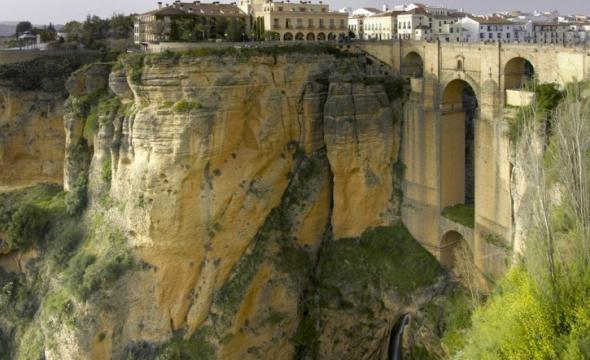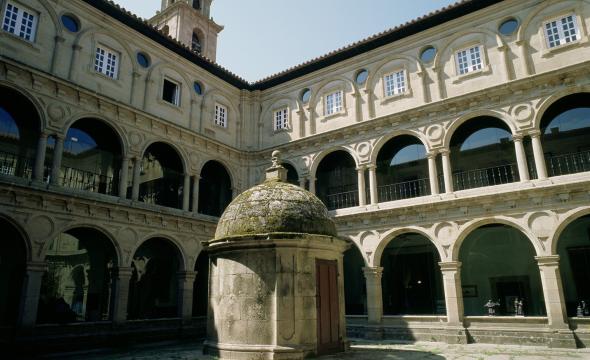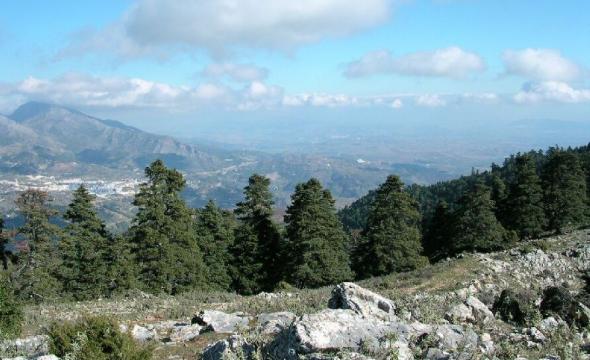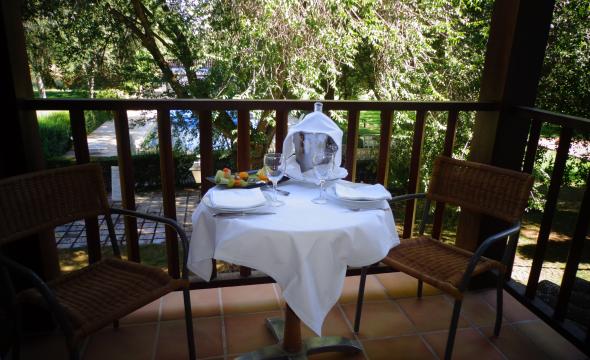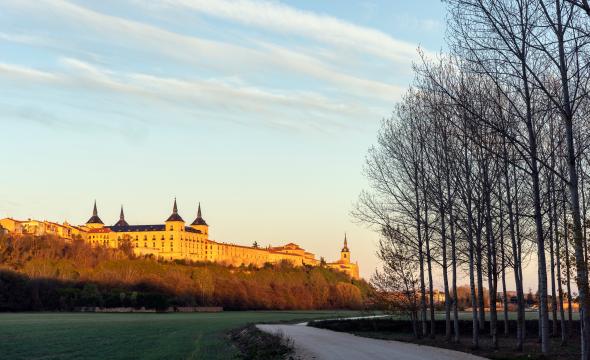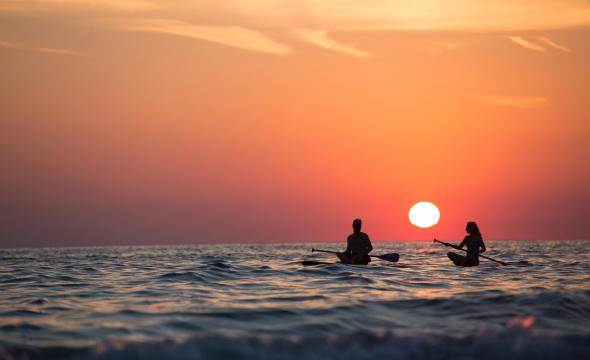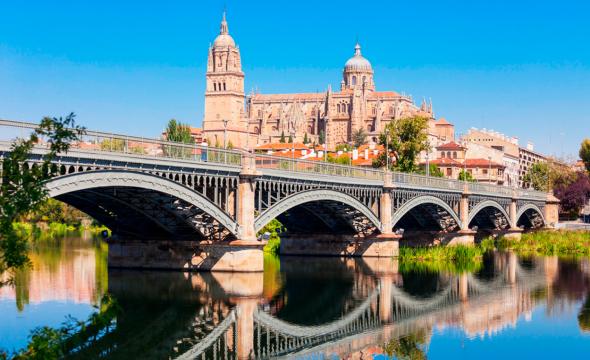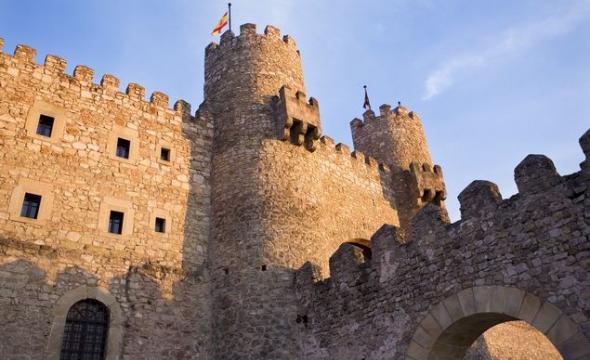The great river reaches its zenith in the delta, a place brimming with life and serenity. The Ebro Delta Natural Park exudes a breathtaking beauty where time seems to have stood still.
The Ebro extends its domain among the wetlands that reflect the flight of birds like mirrors. The river's flow is immense. Filled with water, it meanders weaving a beautiful green mantle that reaches its perfection in the delta where it creates one of the most beautiful spots in the Mediterranean.

The Ebro Lands form a unique territory, where the local community and nature have signed a pact of respect. Farmers, stockbreeders, fishermen and craftsmen have found their source of subsistence and inspiration in the natural resources and have adapted them to a modus vivendi full of traditions and surprising cuisine. This is one of the many reasons why UNESCO has recognised this enclave as a Biosphere Nature Reserve.
The Ebro Lands are also home to two natural parks: the Ebro Delta and the Ports Massif; two unique ecosystems that have withstood the slow but relentless pace of nature.
Between rice paddies
The Ebro Delta Natural Park is the largest protected wetland area in Catalonia. The rice fields, which spread out like a prolific carpet, take on a different hue every season of the year. From the sky, the delta looks like the head of an arrow. For thousands of years, the immense river, full of water, has been depositing the sediments that form the triangle of land that conquers the sea. Among the fertile plant species are reeds, rushes, eucalyptus and river honeysuckle, vegetation that has had to adapt to extreme conditions and colonise dunes, saline soils and lagoon areas. The delta is also a paradise for birdwatchers, as its skies welcome the flight of more than 343 species.
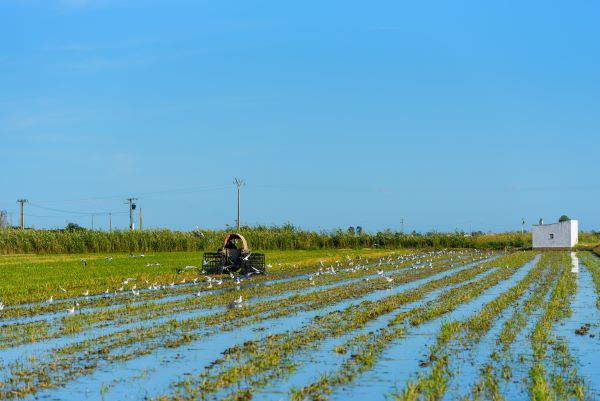
The surroundings are home to vital places such as La Bassa de les Olles, which arose as a result of one of the oldest mouths of the Ebro. The walk is overwhelming, because among the rice fields and dunes you can see flamingos, collverd ducks, herons and kingfishers.
Encanyissada and Cerrada are the largest lagoons in the delta. The visit begins at the information centre at the Casa de Madera (Wooden House) - an emblematic building in the park, built at the end of the 1920s - and continues among the old salt pans, now abandoned, where you can listen to the lullaby of nature and its capricious diversity.
Of all the beaches in the delta, the most majestic is La Marquesa, with its striking golden sand and crystal-clear waters. It culminates at the formidable Fangar lighthouse, on which the best-preserved dunes in the park are located.
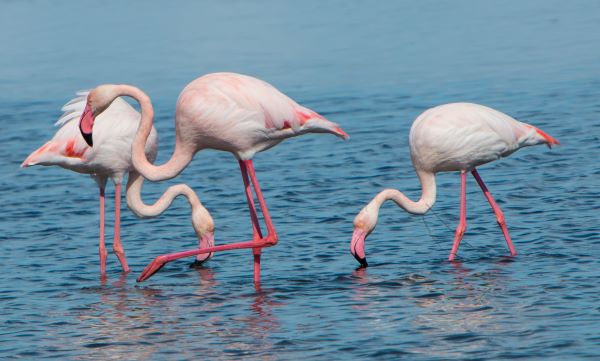
In summer, the Trabucador fence opens up, a long sandy barrier of more than 5 km, which leads to the small peninsula of Punta de la Banya. The view allows you to contemplate an infinite sea to the left and right. The viewpoint reveals the Trinidad salt flats, home to abundant flamingos almost all year round.
The great river succumbs to the sea in a spectacular embrace, which shelters three protected natural spaces: the Garxal, the Island of Sant Antoni and the Island of Buda; islands with restricted passage for which authorisation must be requested from the park.
At dawn, the apotheosis of birds flying over the mirror of the wetlands is overwhelming. It is impossible not to be moved by such beauty.
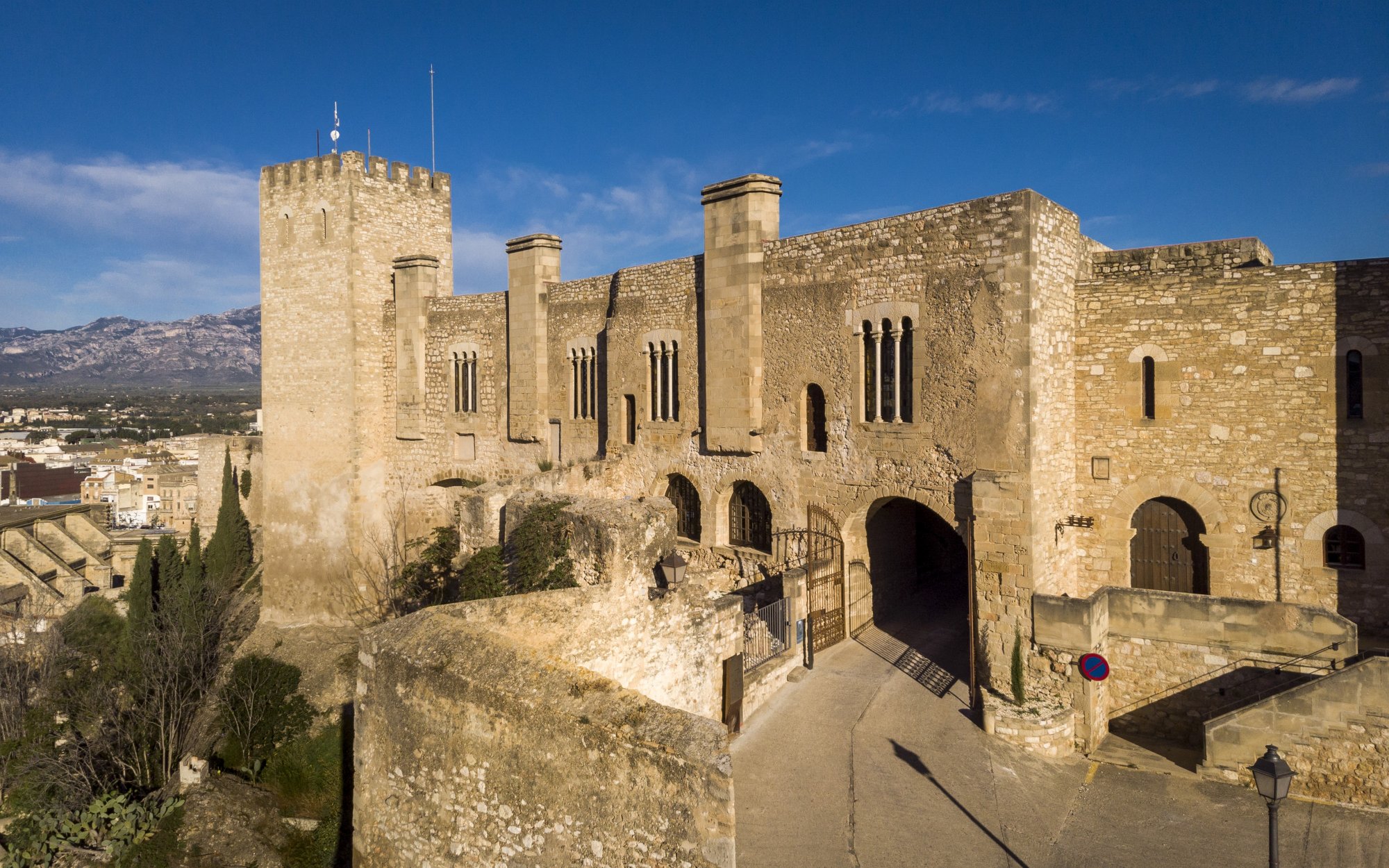
Sunrise by the great river
Tortosa is located on the Ebro, near the mouth where the delta begins. The Parador is located in the spectacular castle of La Zuda, a fortress of Templar origin constructed for defensive purposes and, on occasions, it was the royal residence of Jaume I. It has a swimming pool and comfortable rooms with magnificent views of the silvery silhouette of the river.

